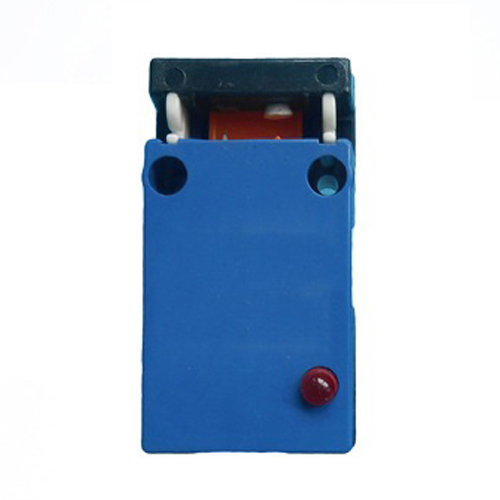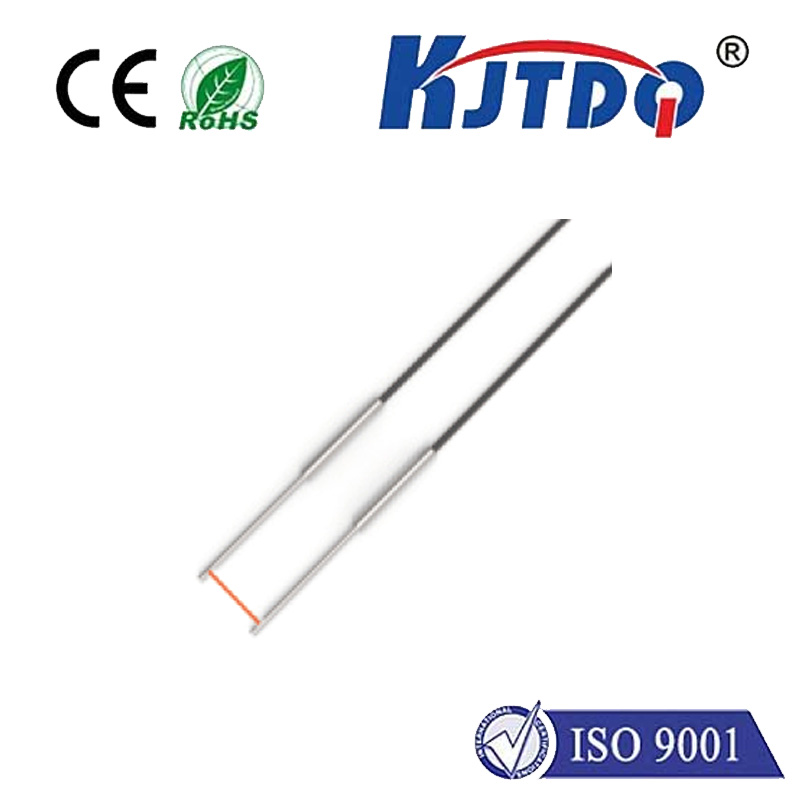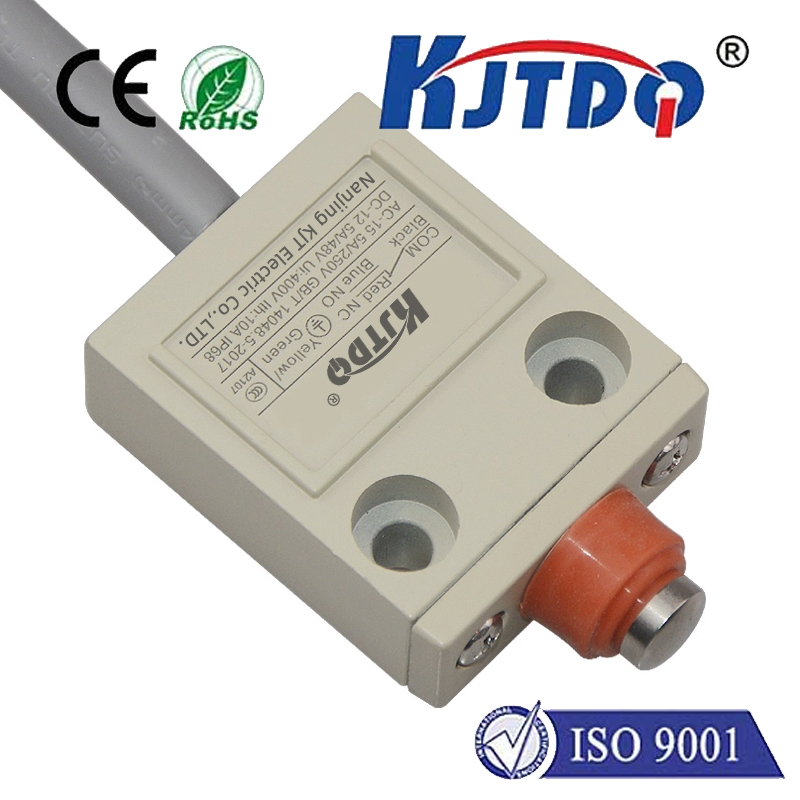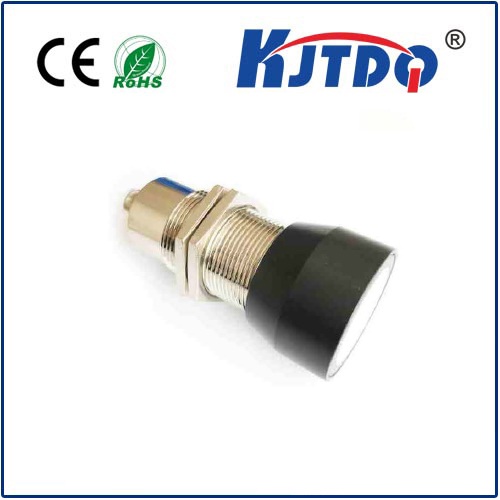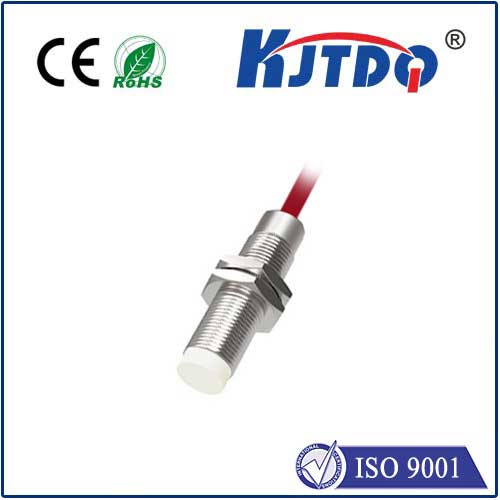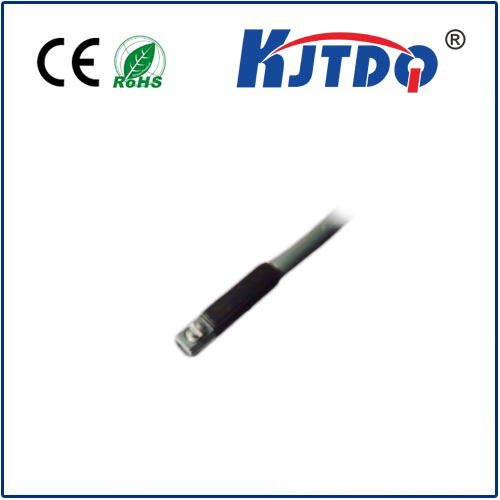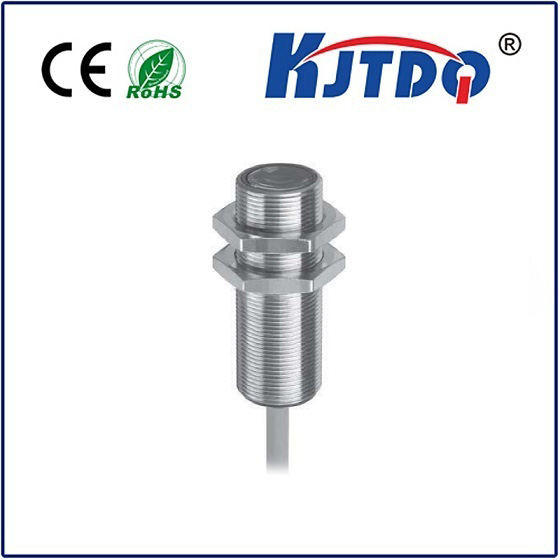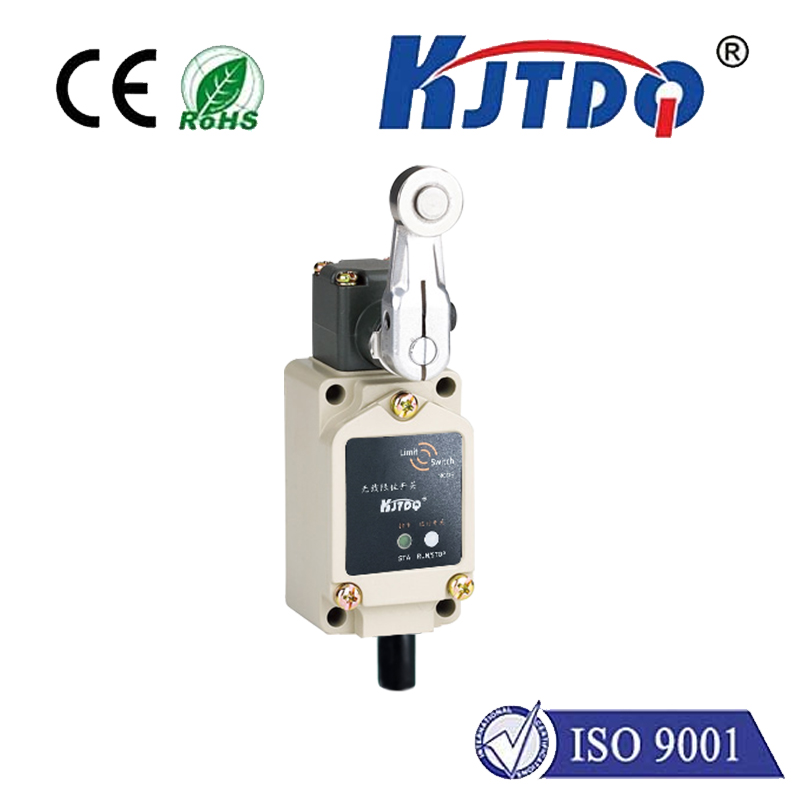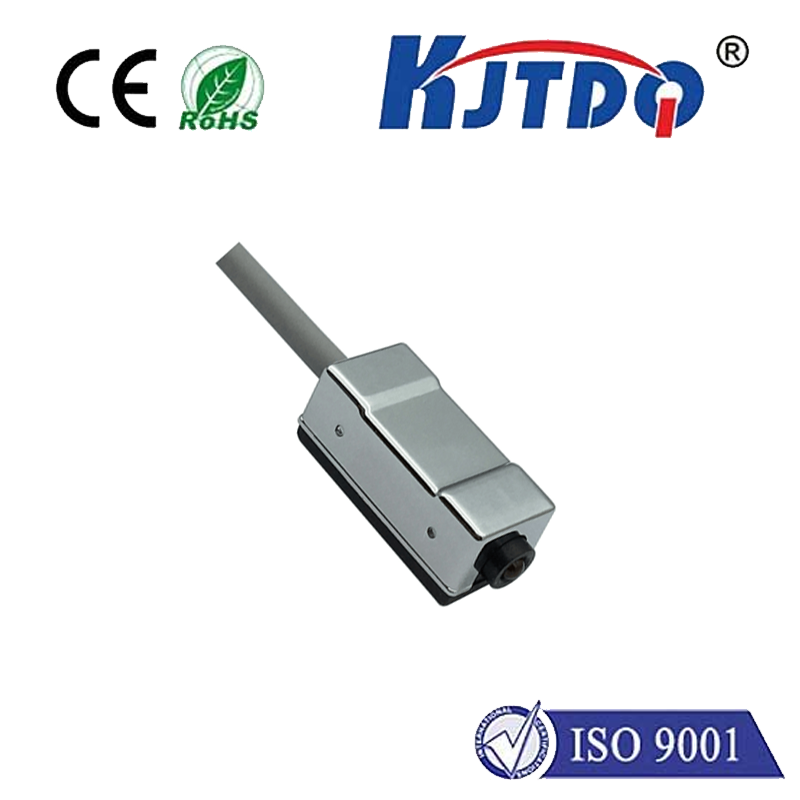

check

check

check

check
(Title Generated: Unleashing Precision Where Pressure Soars: The BES05L2 High Pressure Proximity Sensor)
In the unforgiving world of heavy industry, hydraulic machinery, and high-pressure fluid systems, reliable sensing isn’t just convenient—it’s critical for safety, efficiency, and uptime. Ordinary sensors buckle under extreme environmental pressures, leading to failures, inaccuracies, and costly downtime. This is precisely where specialized components like the BES05L2 high pressure proximity sensor shine. Engineered to thrive where others falter, this sensor offers robust, non-contact detection, enabling precise monitoring and control in some of the most demanding applications imaginable.
Understanding the Core: What is a High Pressure Proximity Sensor?
At its heart, a proximity sensor detects the presence or absence of an object without physical contact. Common types include inductive (for metals), capacitive (for various materials), ultrasonic, and photoelectric. A high pressure proximity sensor, specifically, is designed to maintain its integrity and functionality when exposed to intense ambient or process pressures that would compromise standard sensors. The BES05L2 exemplifies this niche category.
How Does the BES05L2 Operate?

Typically leveraging inductive technology, the BES05L2 high pressure proximity sensor works by generating an electromagnetic field. When a metallic target enters this field, eddy currents are induced within the target, causing a measurable change in the sensor’s own oscillation circuit. This change is detected and converted into a clear electrical output signal (like a switch opening or closing). Its brilliance lies not just in this fundamental principle, but in its execution under extreme pressure.
The high pressure capability isn’t about the sensor measuring pressure itself. Instead, it signifies that the sensor’s housing and internal components are constructed to withstand external pressures applied to it by the surrounding environment or fluid – pressures potentially reaching hundreds or even thousands of bar (or PSI). This robust construction prevents sensor crushing, deformation, seal failure, and internal component damage, ensuring reliable signal generation even in these hostile conditions.
Key Features Powering the BES05L2’s Robustness
The BES05L2 high pressure proximity sensor distinguishes itself through several critical design elements:
Where the BES05L2 High Pressure Proximity Sensor Proves Indispensable
The unique resilience of the BES05L2 makes it the sensor of choice for critical positions in numerous challenging industries:
The Compelling Advantage: Why Choose the BES05L2?
Selecting the BES05L2 high pressure proximity sensor transcends simply finding a sensor; it’s about investing in operational security and efficiency:
Implementing with Confidence
Successfully deploying the BES05L2 high pressure proximity sensor involves careful consideration. Ensure the sensor’s pressure rating exceeds the maximum expected pressure in its installation location. Factor in temperature range compatibility. Correct installation – ensuring secure mounting, proper gap setting to the target, and careful handling of cables and connections (especially important for maintaining pressure integrity at the gland) – is essential. Always adhere strictly to the manufacturer’s datasheet specifications for your specific BES05L2 variant.
When the operating environment pushes pressures beyond the realm of standard industrial sensors, the BES05L2 high pressure proximity sensor stands as a beacon of reliable operation. Its specialized engineering delivers the robustness, precision, and unwavering durability necessary to maintain critical position sensing functions in the most extreme conditions. By enabling continuous monitoring and control where pressures soar, the BES05L2 empowers industries to achieve new levels of efficiency, safety, and productivity, proving that even under immense force, precision sensing can prevail.
